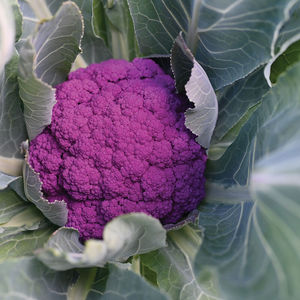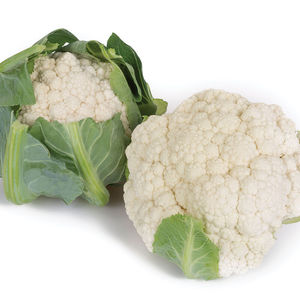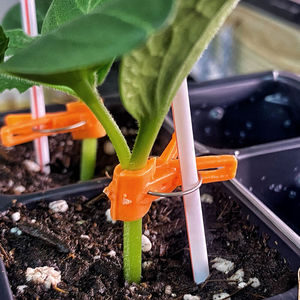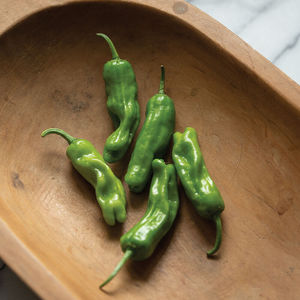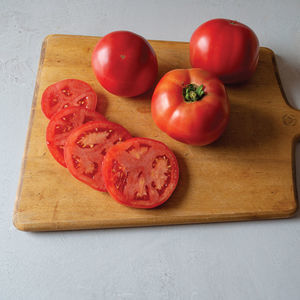
Spring onion seed 4815hybrid
Add to favorites
Compare this product
Characteristics
- Harvest season
- spring
- Other characteristics
- hybrid
Description
New! Red long-day onion for overwintering.
Robust, dark green plants survive winter well and produce red bulbs with deeper color than Desert Sunrise. Bulbs are round and uniform in size, maturing a few days behind Desert Sunrise when overwintered. In our trials, Red Spring is slightly more prone to bolting than Desert Sunrise when overwintered in Maine. Also a good option for a spring-sown, early red onion in long-day latitudes. Stores approx. 3 months. Avg. 121,700 seeds/lb. Packet: 250 seeds.
SCIENTIFIC NAME:
Allium cepa
CULTURE:
Onions require full sun and fertile, well-drained soil with a pH of 6.0–7.0. Sandy loam soils are ideal; in heavier soils, use raised beds or raised rows to promote soil drainage.
DIRECT SEEDING:
In April or early May, or as soon as the soil can be prepared in early spring, sow in a 2" wide band, about 2 seeds/in., 1/4– 1/2" deep, rows 12–18" apart. Thin to 1 1/2–2" apart for highest yields in fertile soil. Thin to 3-4" apart for larger onions.
TRANSPLANTING:
In short-season areas, sow seeds indoors in flats in late February to mid-March. Broadcast 1/2" apart and cover 1/4". Tops may be clipped to 5" tall. Transplant to the garden 4" apart, or sow 5 seeds in each cell of 1–1 1/2" diameter plug trays, thinning to 3 per cell. Transplant each cell 6" apart.
CULTIVATION:
Keep onions well weeded with shallow cultivation.
WATER:
Onions are shallow-rooted and grow best with at least 1" per week of rain or irrigation, especially during the bulbing phase.
Catalogs
Catalog 2024
208 Pages
Related Searches
*Prices are pre-tax. They exclude delivery charges and customs duties and do not include additional charges for installation or activation options. Prices are indicative only and may vary by country, with changes to the cost of raw materials and exchange rates.

















